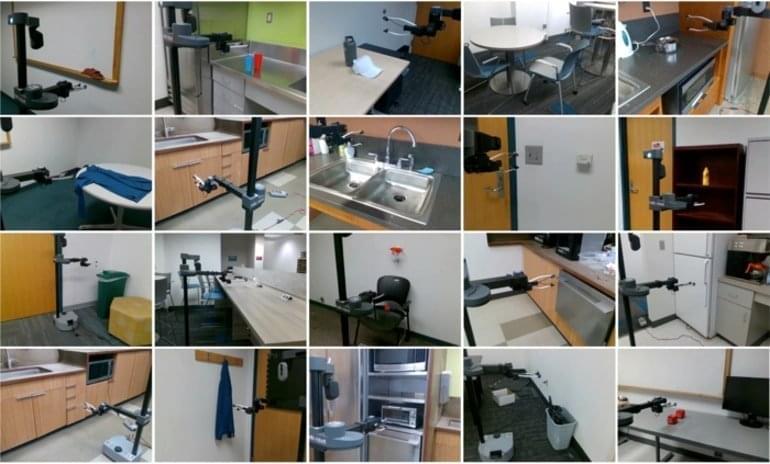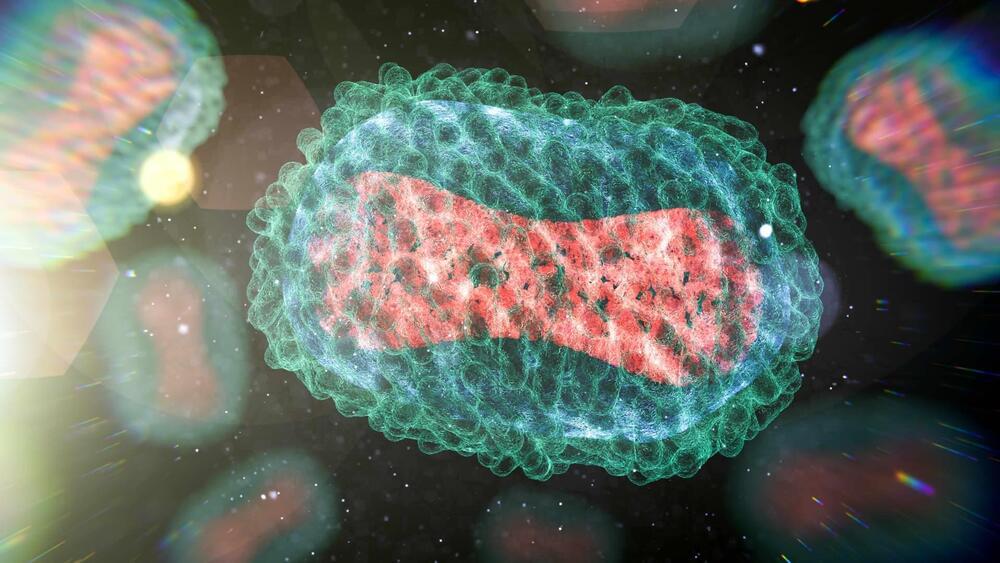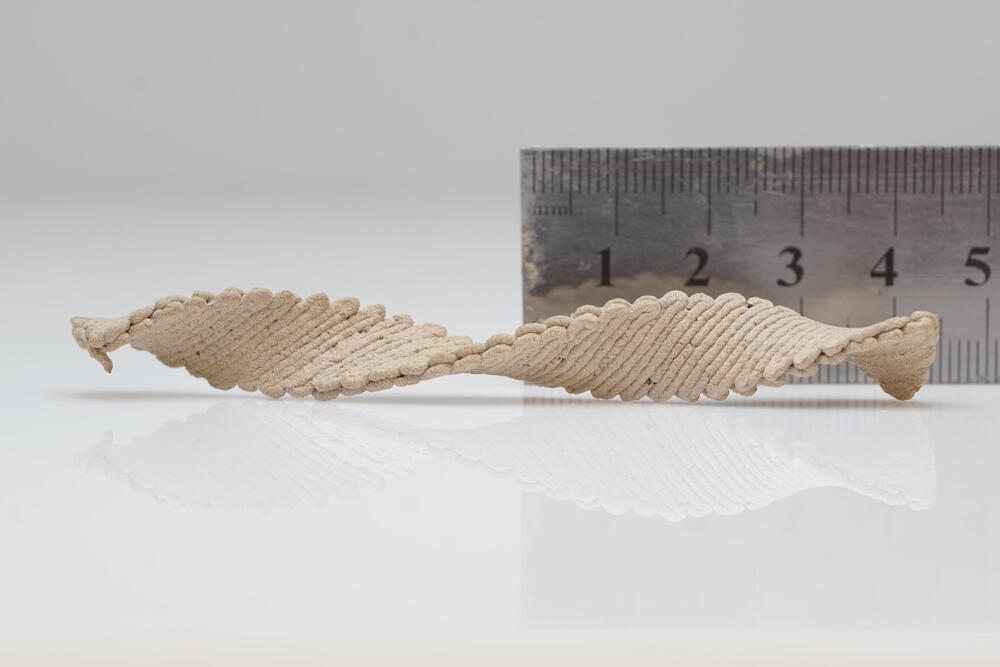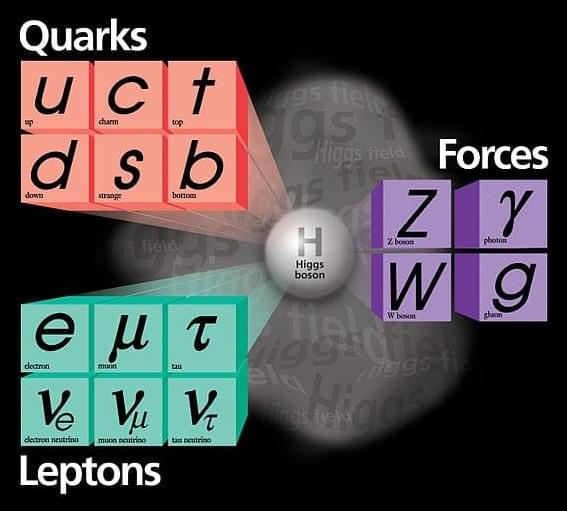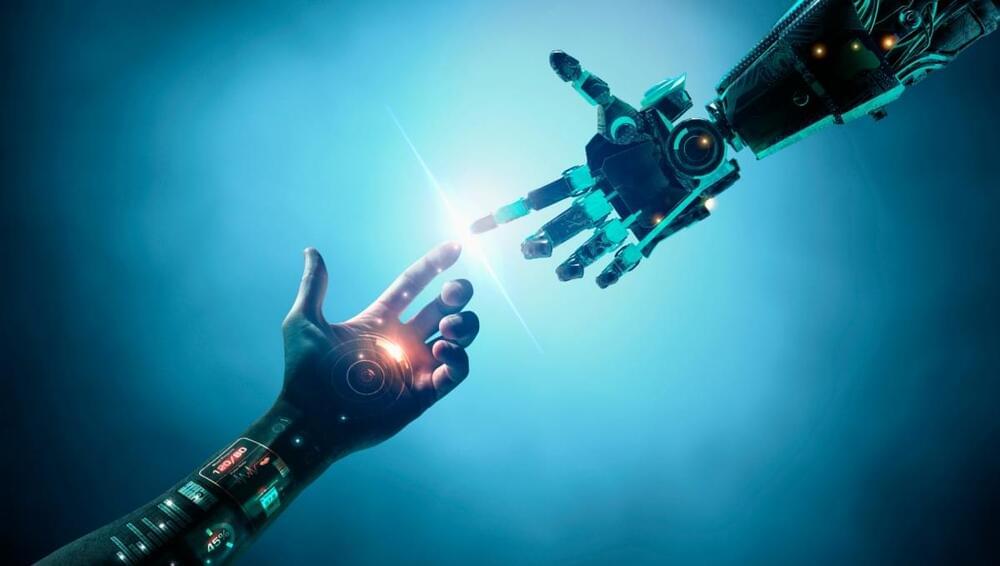Camera lenses that ignore certain objects and only capture images they have been designed to recognise can be built in just hours from clear plastic with a 3D printer.
Robots Learn Household Tasks
Posted in robotics/AI
Summary: A new robotic system can learn directly from human interaction videos and generalize the information at the task being completed. This makes the robot well suited to learn household chores effectively and efficiently.
Source: Carnegie Mellon University.
The robot watched as Shikhar Bahl opened the refrigerator door. It recorded his movements, the swing of the door, the location of the fridge and more, analyzing this data and readying itself to mimic what Bahl had done.
The fastest way to track a fish is to use the cloud, figuratively speaking. A new acoustic receiver, developed by researchers at Pacific Northwest National Laboratory (PNNL) and published in the IEEE Internet of Things Journal, sends near-real-time fish tracking data to the digital cloud, providing timely information to dam operators and decision-makers about when, where, and how many fish are expected to pass through dams. Instead of relying on seasonal estimates of fish migration from previous years, these data from tagged fish support more informed decisions about dam operations that affect fish passage.
“This receiver provides up-to-the-hour data to dam operators to assist in making informed day-to-day decisions in support of fish passage, like adjusting water flow when it’s clear that a large group of juvenile fish are approaching the dam,” said Jayson Martinez, a PNNL mechanical engineer who co-developed the receiver.
Hydropower dams are an important source of dependable renewable energy, generating about six percent of total electricity in the United States. Helping fish navigate them safely is a key part of reducing dams’ environmental impact. The new receiver is a critical piece of the puzzle in the ongoing endeavor to improve fish passage.
Some scientists worry as the current outbreak grows, monkeypox could spill from people into animals in the U.S., making the virus more difficult to eradicate.
Wooden objects are usually made by sawing, carving, bending or pressing. That’s so old school! Today, scientists will describe how flat wooden shapes extruded by a 3D printer can be programmed to self-morph into complex 3D shapes. In the future, this technique could be used to make furniture or other wooden products that could be shipped flat to a destination and then dried to form the desired final shape.
The researchers will present their results at the fall meeting of the American Chemical Society (ACS).
In nature, plants and some animals can alter their own shapes or textures. Even after a tree is cut down, its wood can change shape as it dries. It shrinks unevenly and warps because of variations in fiber orientation within the wood. “Warping can be an obstacle,” says Doron Kam, a graduate student who is presenting the work at the meeting, “but we thought we could try to understand this phenomenon and harness it into a desirable morphing.”
Repetitive transcranial magnetic stimulation (rTMS) is a noninvasive treatment approved by the U.S. Food and Drug Administration for the treatment of clinical depression. The treatment is also being studied as a potential therapy for Alzheimer’s disease.
How rTMS works
Alzheimer’s disease is the most common cause of dementia, affecting millions of mostly elderly people around the world. In these people, the synaptic activity (connections between nerve cells) collapses and brain networks gradually falter, resulting in a decline in memory and the ability to think and learn.
What are the most fundamental structures of the Universe?
In this article, we’ll explore the mysteries that scientists have been scratching their heads about for hundreds of years. Mysteries that have only partly been resolved and that lead us towards understanding the fundamental structures of Nature. Mysteries that turned out to be so bizarre that it took more than a hundred years to appreciate the true power of this amazing theory.
The hunt for simplicity has been going on for centuries, but where are we now? What is our best bet at how Nature really works and what do we still not understand?
Were you unable to attend Transform 2022? Check out all of the summit sessions in our on-demand library now! Watch here.
Digital twins enable enterprises to model and simulate buildings, products, manufacturing lines, facilities and processes. This can improve performance, quickly flag quality errors and support better decision-making. Today, most digital twin projects are one-off efforts. A team may create one digital twin for a new gearbox and start all over when modeling a wind turbine that includes this part or the business process that repairs this part.
Ideally, engineers would like to quickly assemble more complex digital twins to represent turbines, wind farms, power grids and energy businesses. This is complicated by the different components that go into digital twins beyond the physical models, such as data management, semantic labels, security and the user interface (UI). New approaches for composing digital elements into larger assemblies and models could help simplify this process.
An international group of scientists finally proved that slowly rotating Kerr black holes are stable, a report from Quanta Magazine reveals. In 1963, mathematician Roy Kerr…
It was designed to reduce carbon dioxide emissions by over 6.5 million tons each year.
The Dubai Electricity and Water Authority (DEWA) is aiming for 5 GW by 2030 in the Mohammed bin Rashid Al Maktoum Solar Park — the largest single-site solar park in the world.
Mohammed Bin Rashid Al Maktoum Solar Park project constitutes one of the key pillars of the Dubai Clean Energy Strategy 2050 and the Dubai Net Zero Carbon Emissions Strategy to provide 100 percent of Dubai’s total power capacity from clean energy sources by 2050.
The Dubai Electricity and Water Authority (DEWA) has issued an update indicating that the Mohammed bin Rashid Al Maktoum Solar Park is still targeting 5 GW of generation capacity within this decade.

